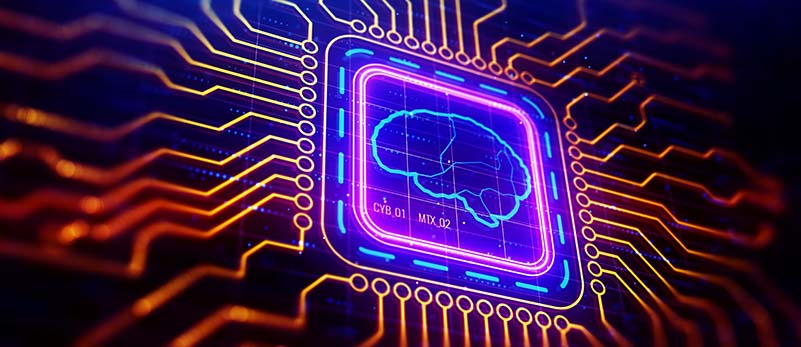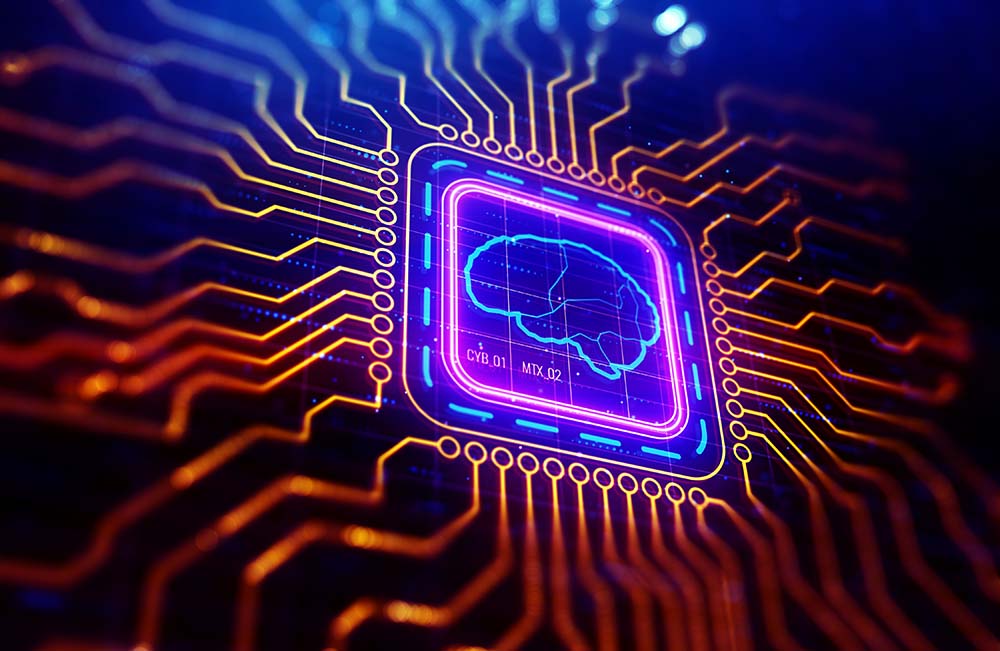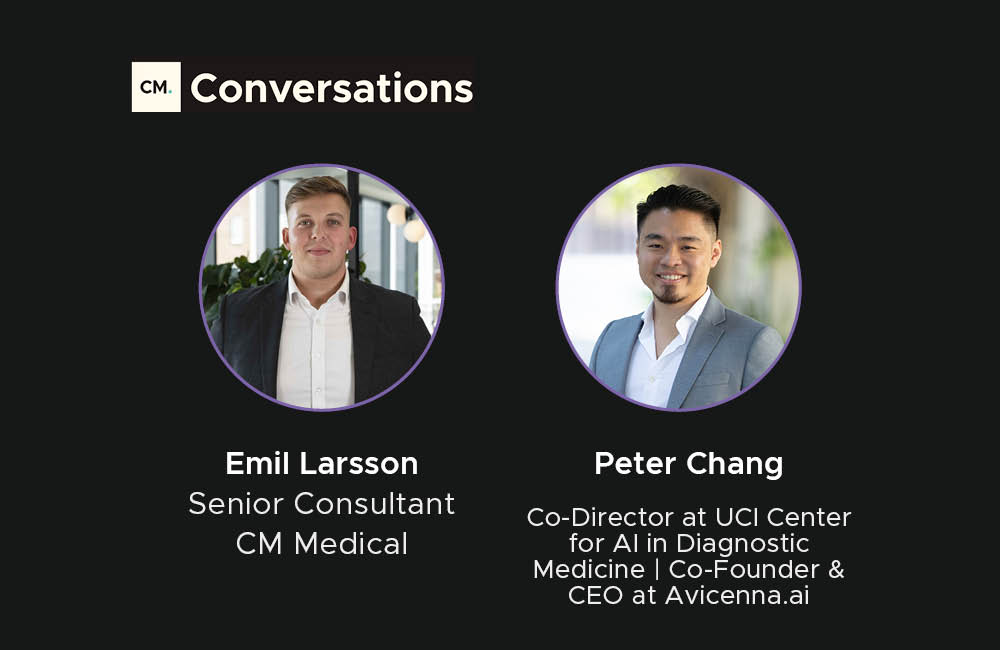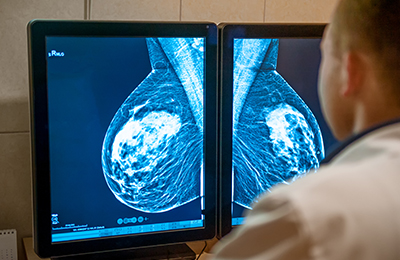

What Does Consumer Neurotech Innovation Mean for the Medical Device Industry?
Alongside the launch of hyper newsworthy, Elon Musk backed, brain interface brand, Neuralink, its clear the gap between a medically focussed brain-computer interface (BCI) and a consumer engagement tool is closing quicker than expected. Whilst the idea of integrating systems into the human brain to control our everyday devices all seems very ‘Black Mirror’, it’s more of a reality than ever before thanks to modern neurotechnology.
A brain-computer interface, or BCI, sends and analyses signals from the brain and translates them into commands. Such commands can then be transmitted into a signal from peripheral device to provide a desired output, from controlling your own body to your iPhone or TV.
There are two kinds of Brain-Computer Interface, invasive and non-invasive. As per their respective names, a non-invasive interface does not require implementation but merely monitors a subject’s brain waves through external hardware. However, invasive BCI’s must involve surgical implantation of the device into the skull.
BCI has a wide range of applications. This not only enables the ability to solve many medical problems but, as they can be linked with many different technologies, advances the impact on the world from a commercial and consumer point of view too.
From helping diagnose mental and physical illnesses, to improving our lifestyles with games and education using functions such as nanotechnology, virtual reality, artificial intelligence and connectomics.
Commercial Use
Consumer-focussed companies are beginning to harness this neuroscience and technology to allow our brains optimise to their full potential. Whilst the market for these devices is yet to become as common as smartphones and watches, in a similar fashion, it’s only a matter of years before its set to become normality.
Iain McIntyre, CEO and co-founder of humm; the first wearable to directly improve your mental performance, said:
The next revolution will really be the brain, and we want to make that useful for everyday people, not just people who are able to afford it”
Enhancing Your Brain
The first step in consumer devices comes from the likes of humm, which plans to launch to the public in 2022. Its wearable patch promises to increase learning ability and human efficiency by sending signals to your brain. Through applying a small dose of electricity to the prefrontal cortex via a patch on somebody's forehead, the brain is then encouraged to replicate that electrical signal.
Its CEO claims that by wearing the patch for just 15 minutes, the user will benefit from an hour and a half of ‘brain boost’. Eventually, the company hopes that wearing a ‘humm patch’ will be as second nature as putting on a smartwatch. It’s possible that consumer devices such as these are the steppingstone to more widespread and accessible use of invasive devices, for both medical and consumer use.
Uma Karmarkar, assistant professor at UC San Diego's Rady School of Management and School for Global Policy and Strategy, said:
We, as consumers, really like life hacks. We are so used to wearables that we would be more comfortable with these [types of] devices.”
Medical Benefits
The reality is that the scientific community does not necessarily yet understand the long-term effects of these devices on the human brain. These hybrid, non-invasive products could certainly be a good place to start, but the medical benefits these developments could have on the future is huge.
Physically impaired
BCIs could help people with severe injuries by passing electrical signals onto the muscles, bypassing a broken connection, and instigating movement. Equally, the technology could be used to collaborate a user’s thoughts with the robotics of their and prosthetic limbs, allowing natural movement.
Stroke victims
BCIs can provide sensory feedback of ongoing brain oscillations, enabling stroke survivors to modulate their sensorimotor rhythms, which can speed up rehabilitation or even prevent the stroke from ever occurring.
Diagnosing mental disorders
Dyslexia and autism are brain disorders which require early detection to allow children to master an understanding differently and avoid damage to self-esteem and self-confidence. Neuro feedback has proven to help diagnose things such as difficult spelling and communicating at an early stage.
Equally with disorders of consciousness (or impaired consciousness) caused by severe head injury or brain damage, patients who retain awareness would be able to benefit from improved diagnostic accuracy. Neuroimaging-based approaches have been developed to detect the presence or absence of consciousness and awareness in patients who lack responsiveness, here BCIs could be used for communication and environmental control and to help understand the severity of a diagnosis.
BCI Innovators to Watch
Kernel
Kernel are building technologies to “help everyone understand their brains better”. Its ultimate goal is to ‘improve humans’ in the most scalable and accessible way without thinking of itself as a BCI company. Where BCI facilitates control of something (for example thoughts into text or speech), Kernel positions itself as a measurement company which knows neurotech isn’t yet part of everyday mainstream life but want to bridge the gap to between consumers and neurotechnology.
Most non-invasive methods for recording brain signals measure electromagnetic fields generated by groups of neurons or detect small changes in blood oxygenation, which correlate well to nearby neural activity. Kernel has detected that both these applications still contain drawbacks and intends to build the next generation of brain measurement systems by leveraging the strengths of TD-fNIRS into products that offer benefits such as high-quality neural signal, natural environments, stimuli, and interactions and freedom of user motion.
Wispr.AI
Wispr.AI aims to fundamentally change the human-computer interaction. Its claim to build the next generation of human-computer interfaces built to interact with your every device has recently secured $4.6 million in seed funding.
The company, led by co-founders Sahaj Garg and Tanay Kothari, is currently building a wearable which plans to convert deliberate thought into action and high-bandwidth digital input. The device plans to harness the latest advancements in deep learning, electrical interfaces and neuroscience, to allow users to interface with all aspects of the increasingly immersive digital world totally seamlessly.
Wisper CEO, Tanay Kothari, said:
We have moved from phones to smartwatches, VR headsets and immersive augmented experiences. How we interact with this technology will be one of the biggest questions to shape this decade. As we move away from keyboards and voice, the next generation of interfaces are going to be more natural, seamless and private. Our mission is to bring these interfaces to every single person in the world."
NextMind
NextMind is a real-time BCI with a dev kit currently available for consumer purchase (although, unsurprisingly, it’s already out of stock). Founded by Sid Kouider, a professor of neuroscience with over 50 leading research and innovative discoveries in cognitive neuroscience, as a spin-off from a leading cognitive neuroscience lab, NextMind’s technology decodes the act of focusing.
This BCI translates brain activity into digital commands, allowing humans to control visual interfaces in real time using a compact, non-invasive, sensor. Once calibrated with the person’s brain, the device translates neural signals into real world actions, allowing control of every day smart devices with as much as a single thought.
Cognixion
Designed by neurologists and BioSignal engineers in conjunction with Speech-Language Pathologists and a large group of users and professionals, Cognixion ONE is ‘The World's First Brain Computer Interface with Augmented Reality Wearable Speech™ Generating Device’.
Utilising integrated home automation AI and multiple context-aware predictive keyboards, the device aims to meet the needs of anyone with complex communication disorders including CP, ALS, and hundreds of other conditions.
Cognixion aims to provide ONE tool for communication, access, and everything else life throws at us. “A wearable window to the world”, the device offers both speech and integrated AI assistance for home automation control and other digital integrations to reduce the lag between human intention and outcome.
IDUN Technologies
IDUN has created a non-invasive, wearable technology to improve current products and services using insight from the user's brain. Formed as a small earpiece, this hearable technology provides a comfortable and practical solution for end users that can be integrated into a wide variety of current wearable and hearable devices.
The ‘Guardian Neuro-Intelligence Platform’ is already being applied in the fields of sleep, hearing health and wellbeing. The company works with EverListen to develop techniques alongside its platform which can help users improve their hearing by monitoring cognitive activity when they react to auditory stimuli.
I spoke with Séverine Gisin, IDUN’s co-founder and CCO about the company’s plans to integrate its product its consumer lives:
Sleep is an incredibly important underlying element in almost all psychiatric disorders, alongside our work on auditory modulation we are really striving to see how we can actively increase people’s sleep quality. More broadly though, I am most interested in the impact we can have on mental health.
People go to the gym so that they avoid injury and remain healthy... it should be the same for the brain. What kind of training can we do? How can we make it available to everyone? If we can work towards completely objectifying individual’s negative mental state’s, I think we can help so many people open-up to the world.
I hope we can help people understand that it isn’t them, it is their brain acting up.”
What’s next?
The realistic reach of these products to the common consumer is just around the corner. Despite questions over the invasion of privacy and data security, the steppingstone to true medical breakthrough looks to be the consumer adoption of BCI products.
I’m truly intrigued to see the next leaps the industry expects to take in the coming year, maybe I’ll be writing my next article without even needing to use my hands?
If you’d like to discuss any of the themes I mention in the article, or topics within the wider neurotech space, then please feel free to drop me a message at ryan.tosh@medical-cm.com or get in touch on LinkedIn.
For more articles from CM Medical consultants in the neurology space, click here.
Recommended.

What Does Consumer Neurotech Innovation Mean for the Medical Device Industry?
Integrating systems into the human brain to control our everyday devices may seem very ‘Black Mirror’, but thanks to modern neurotechnology it's quickly becoming reality. Click to find out more.

How to Master Reimbursement in Medical Devices & Biotech.
In this live webinar, hosted by CM Medical, we went in search of expert reimbursement advice - speaking to Deborah Rizzi and Steven Haken of Odelle Technology.

How to Stand Out in a Saturated AI & Medical Imaging Market.
We asked an expert at an innovative medical imaging start-up about how they had overcome this challenge. Click now and listen to what they said.

Comments.